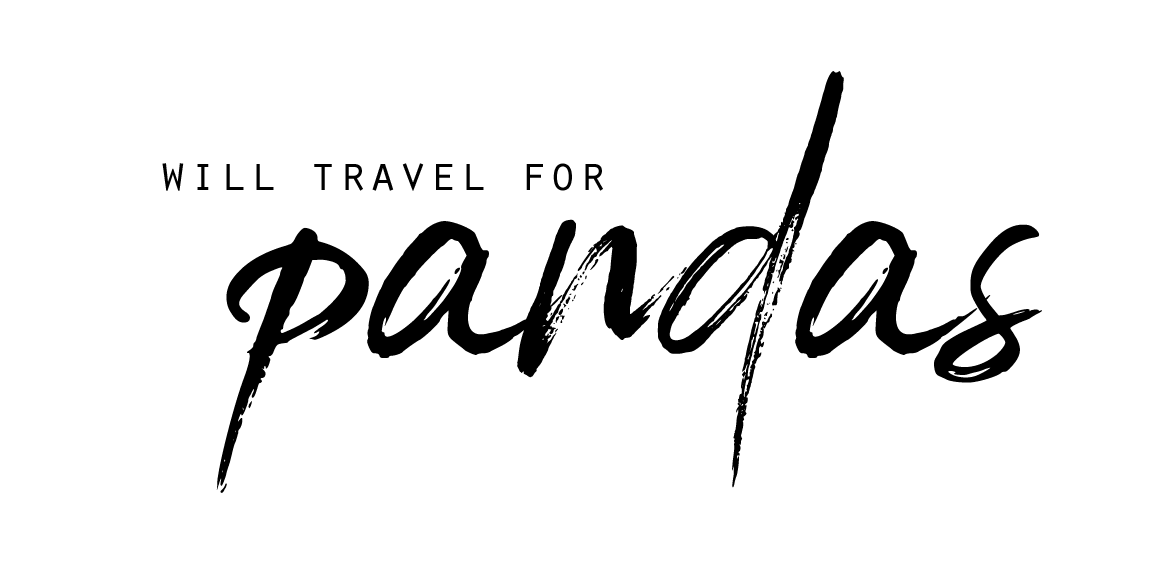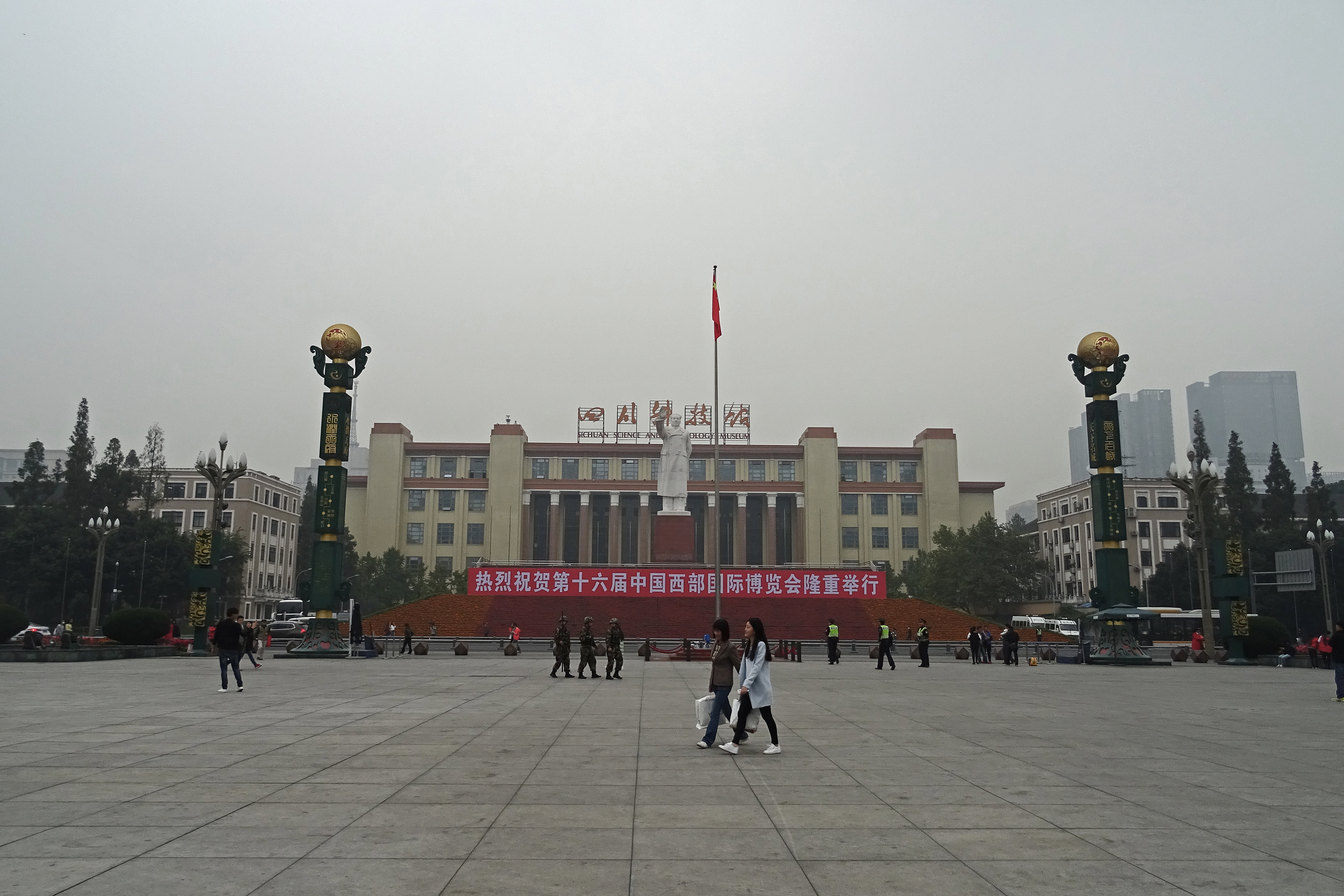Welcome to Chengdu! Chengdu was the first city I visited in China back in 2016, and I’ve been back every year since – however I did most of these things in the first two years, and only added a couple of things in my last two years of trips. If I am able to travel this year I’m planning to tick some sights off my ‘to see’ list in the city. I really love the city, I don’t find it too hard to navigate, and it really doesn’t seem too big – however the population is 16 million, fairly close to Beijing 21.5 million (for reference, Scotlands apparently tiny population is 5.5 million). But it has such a different vibe to Beijing. In the past 4 years there has been a lot of development in the city, whole skyscrapers have been put up all over the place and I’ve really felt the expansion of the city when travelling around the area of the Panda Base which is just outside the city centre. This isn’t an extensive guide by any means, but just provides a few really interesting and cool things you can do to add to your trip to see the pandas (which is probably the reason for most trips to the area)!
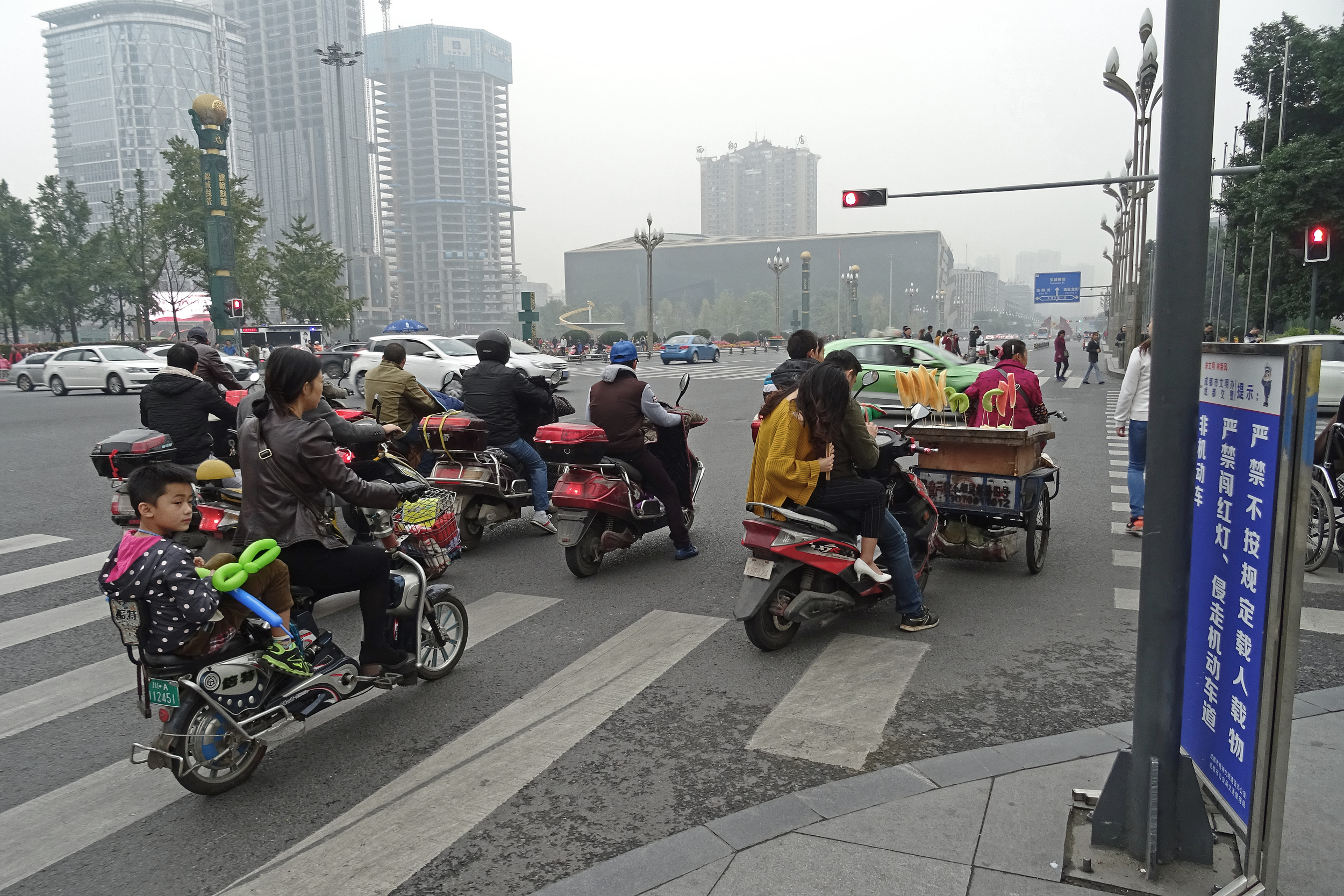
What To See
Tianfu Square
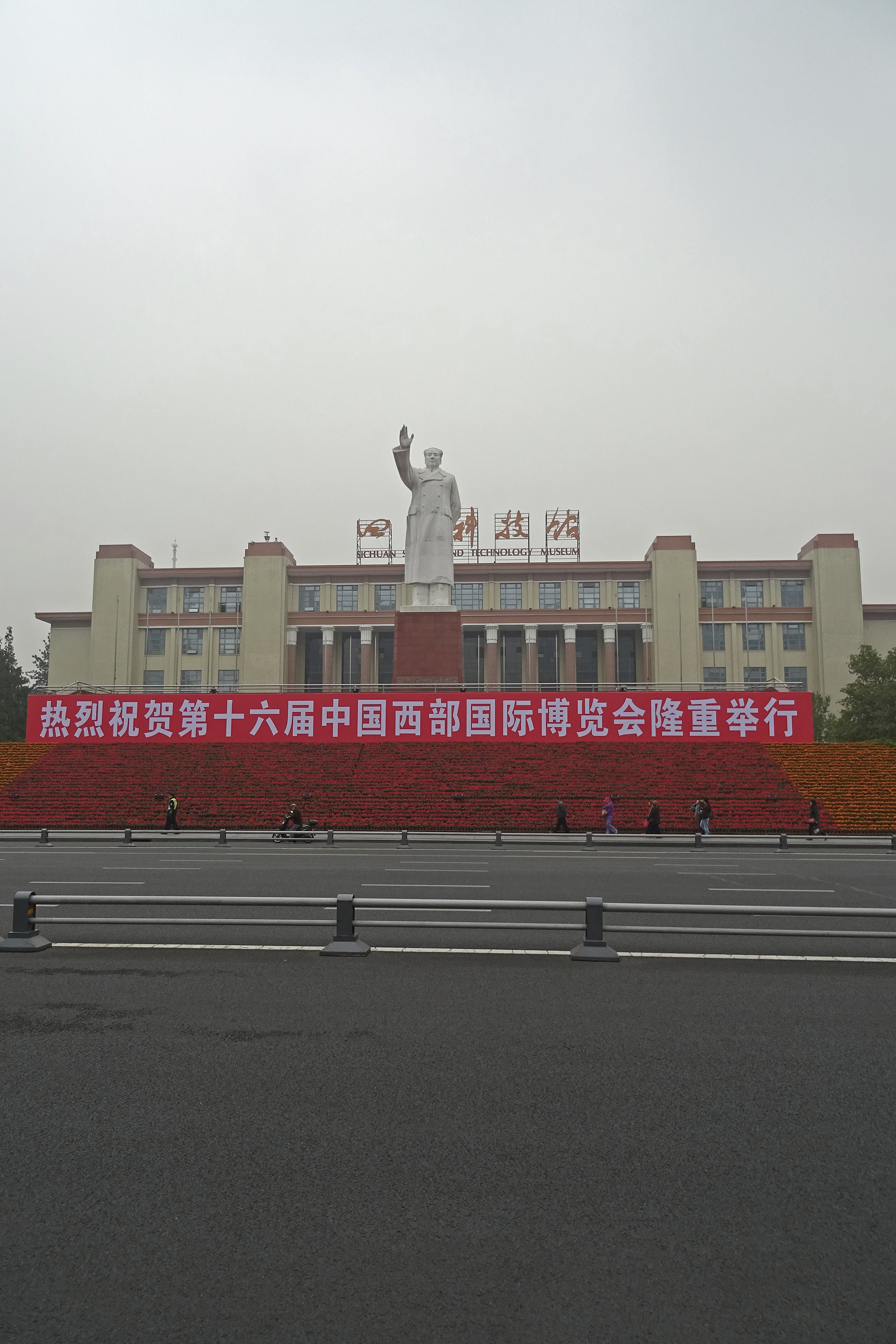
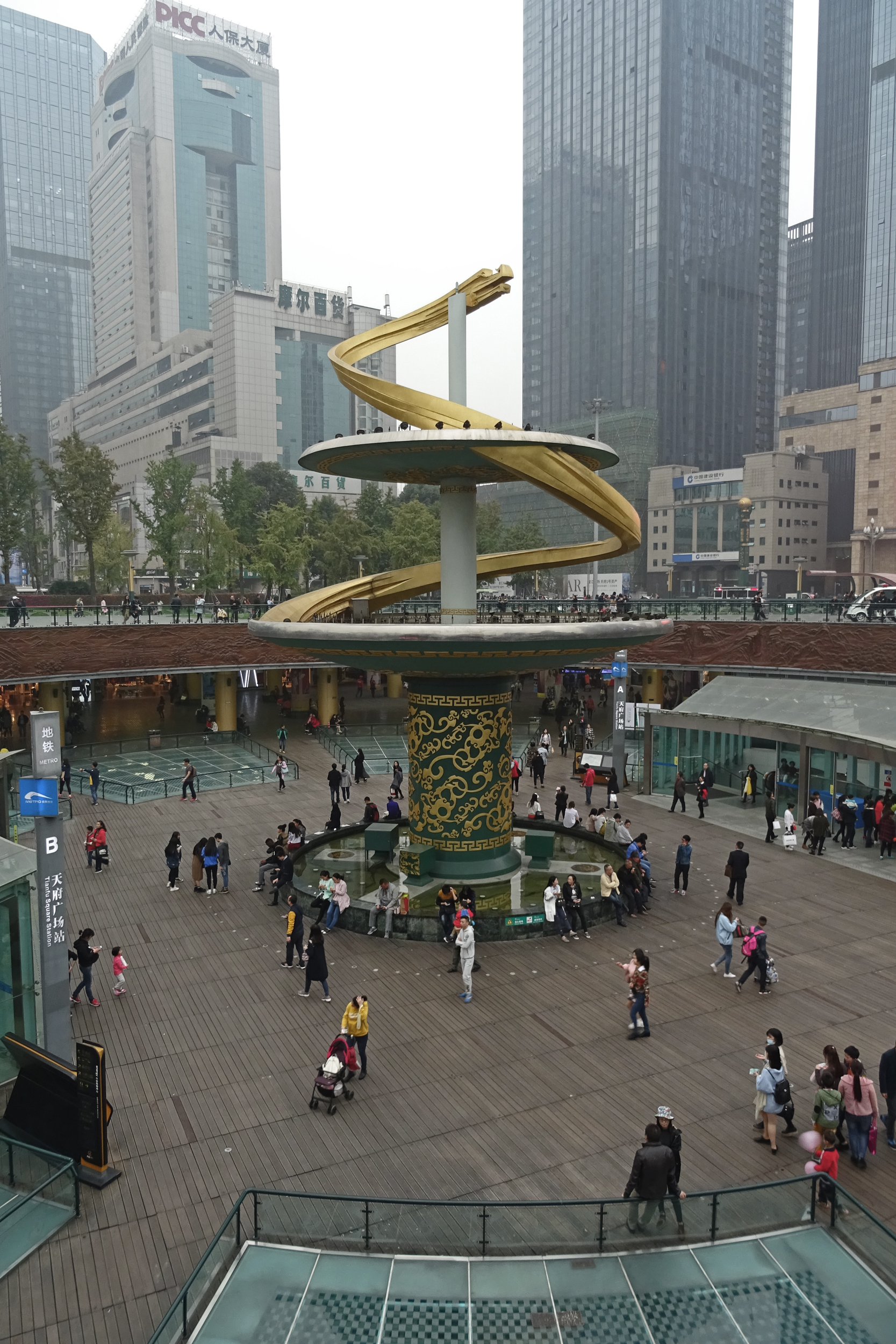
Tianfu Square is right in the centre of the city – from here you can easily reach many of the different places I’ve also included in this post. This is also where you can see the famous statue of Chairman Mao. The square is very large, and generally quite empty, but has always been surrounded by a range of floral displays when I have visited in November, and there’s always quite a lot of people around. There are also fountains in the square, with a very unique spiral design – the one in this picture is sunken down. Tianfu Square is also a station on the metro/subway system, and this sunken area is one of the main entrances to the station. It’s also an entrance to an underground plaza which is packed with small shops and restaurants, I love this plaza a lot, I always try and get a visit as there are so many cute things to look at and tasty foods to try. I’ve also been here when it’s getting dark and the square looks amazing all in lights!
Wenshu Yuan Monastry


I visited the Wenshu Yuan Monastry on my first trip to Chengdu. It was very conveniently located in the same neighbourhood as my hotel so it was only around 1km – which should have been a short walk but I kept stopping to take pictures and look in shop windows, it was great to see a much less tourist-side to the city. Having looked at some of the more recent reviews on TripAdvisor however, it does seem the area has become a lot more commercial recently, maybe this was something I missed back in 2016, but I didn’t feel like the area was too directed to tourists. I went pretty early in the morning, so it was quite quiet, which I loved for walking around and looking at all of the different areas the monastry had. It was much bigger than I had first thought, and actually very peaceful considering it’s so close to a main road.
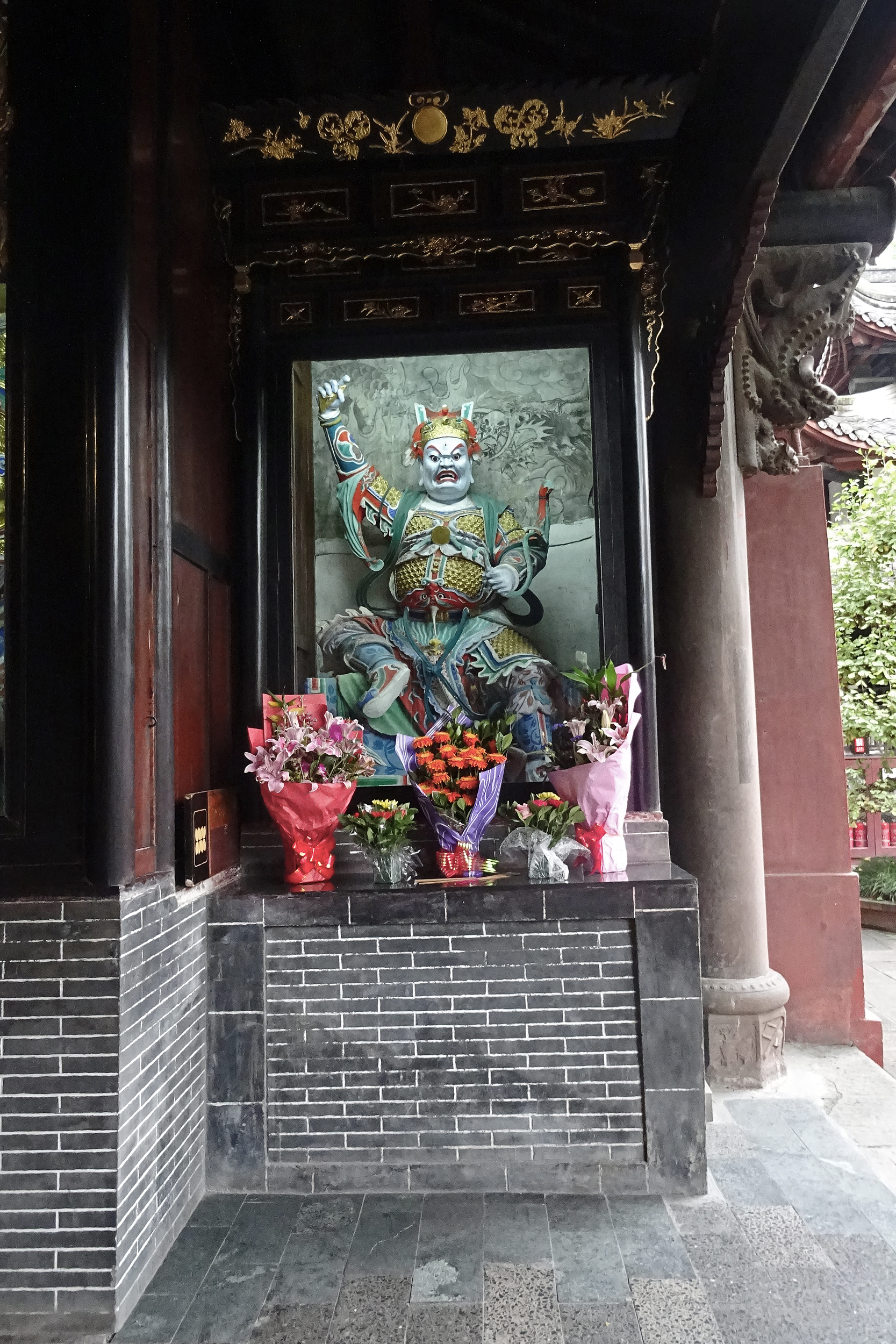
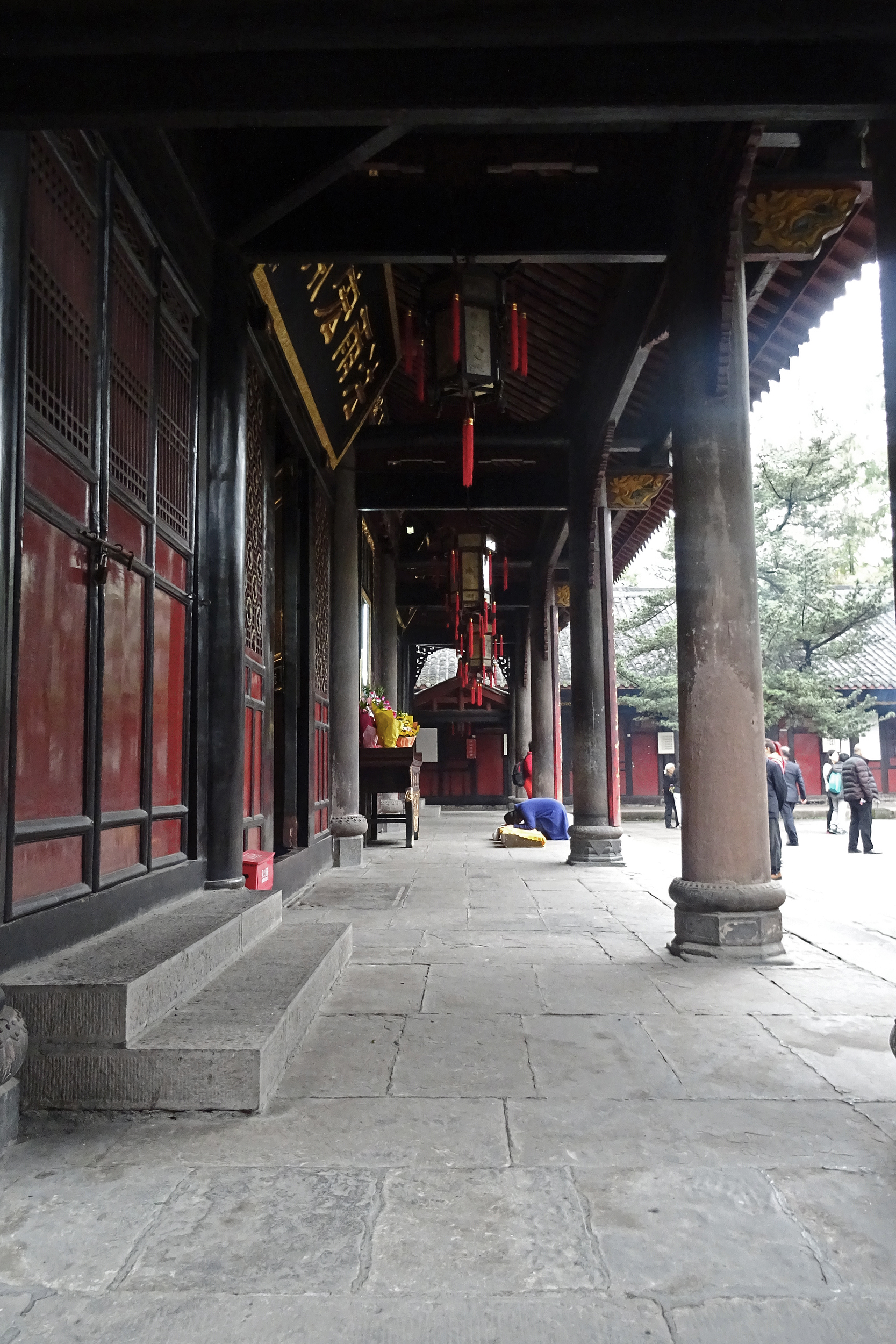
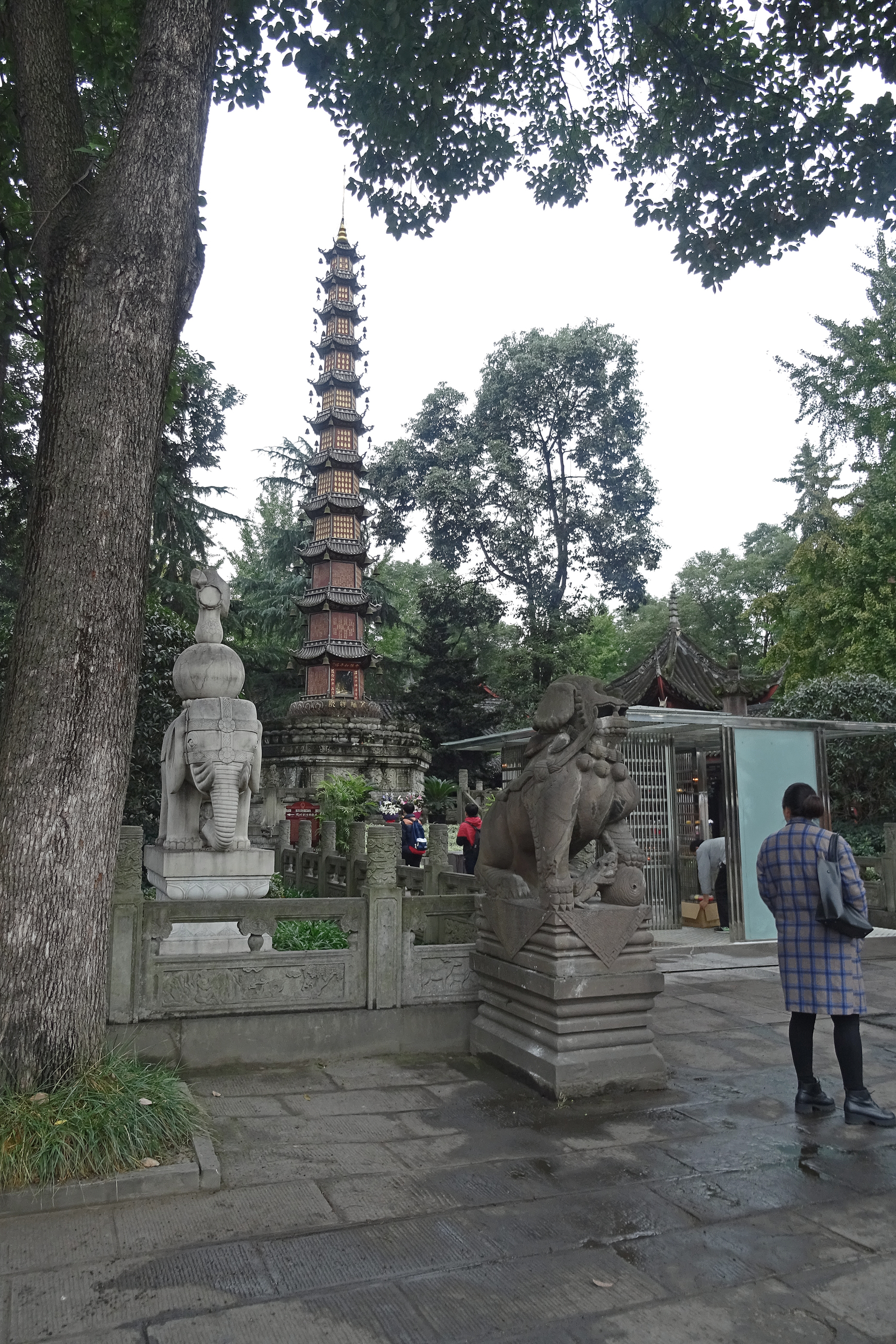
I would say to do your research beforehand for this one, or perhaps visit with a guide as there weren’t many signs in English. But this didn’t really affect my visit, I enjoyed just sitting back and watching the world go by. The gardens inside are very beautiful too, I’d definitely recommend it to see as something slower paced. I have also heard there is a great tea house and also vegetarian restaurant here, I haven’t been to either, but they get rave reviews, so may also be worth visiting while you’re here. The entrance on the street is also quite amazing to see when walking by!

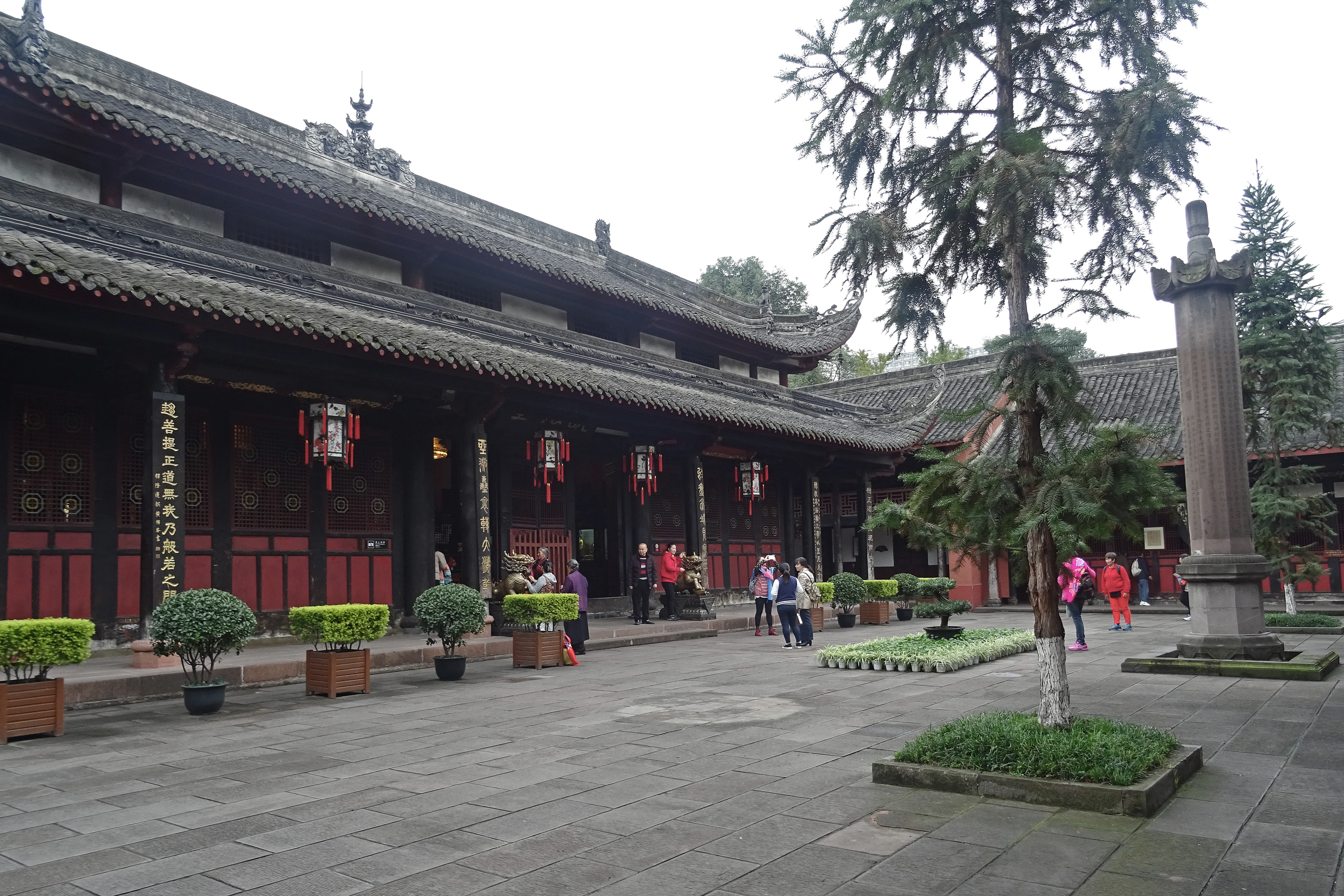
People’s Park

When I was researching what to see before my first trip, the People’s Park was high up the list – it looked like a great place for a calm walk through and to enjoy the peace amongst the city. It’s a very large park, but was also very busy when I was there, all of the other tourists had the same idea as me I think! There were a lot of different areas to see in the park, I really liked the bonsai garden in particular, and the flower displays that were throughout the park were very beautiful – and also very popular with the Chinese tourists. This was also the first place I saw a group practicing tai chi, and the first time I saw the sugar artistry that is pictured below, there was even a panda one^
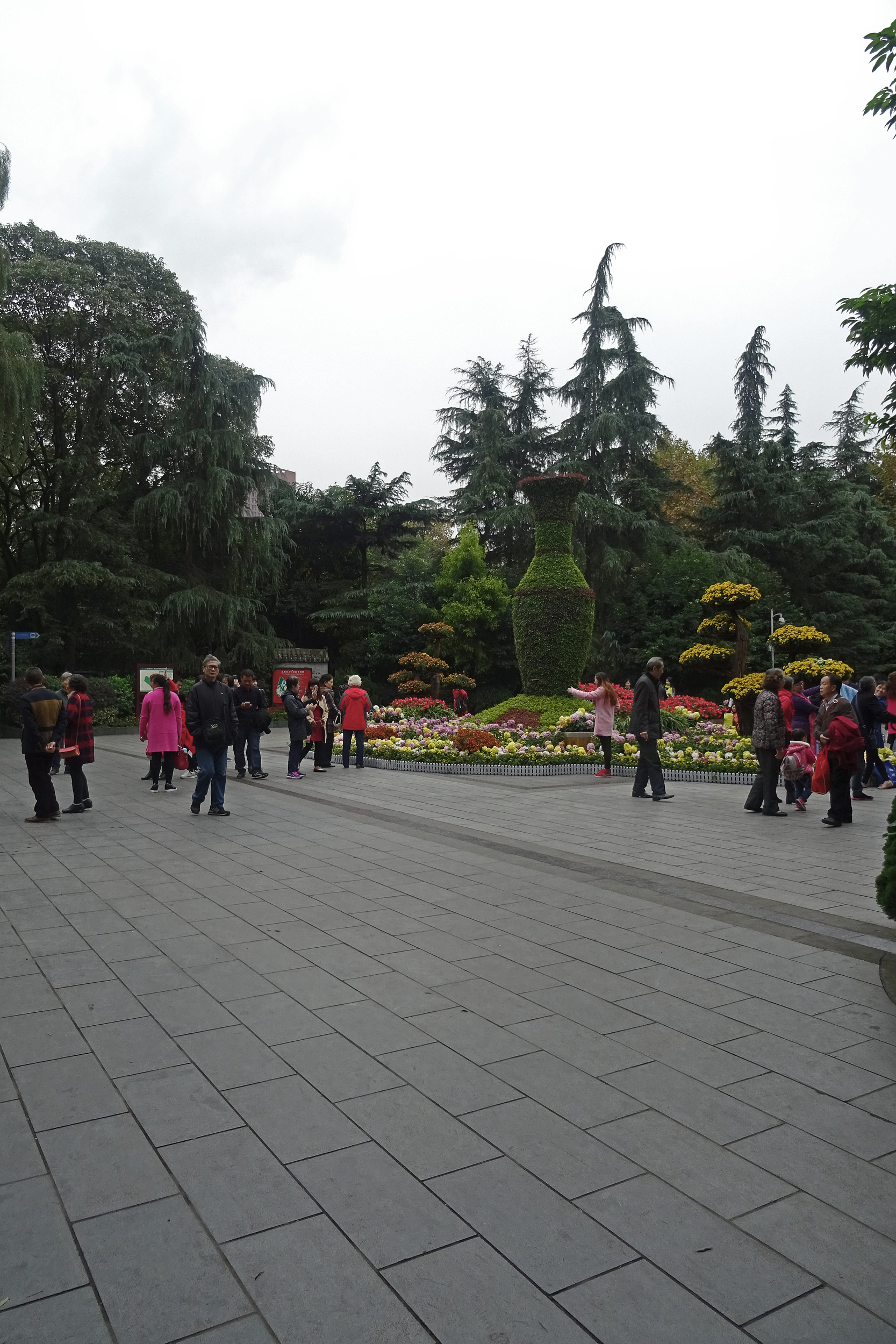

I don’t know if I’d go out of my way to visit here again, but it’s certainly nice to see once, or if you are looking for a quiet stroll that doesn’t come with a cost. There is also a lake in the park, and a tea house which was packed when I was there. I walked here from Tianfu Square, it’s 1.5km, so only takes around 20 minutes, or you can take the metro.

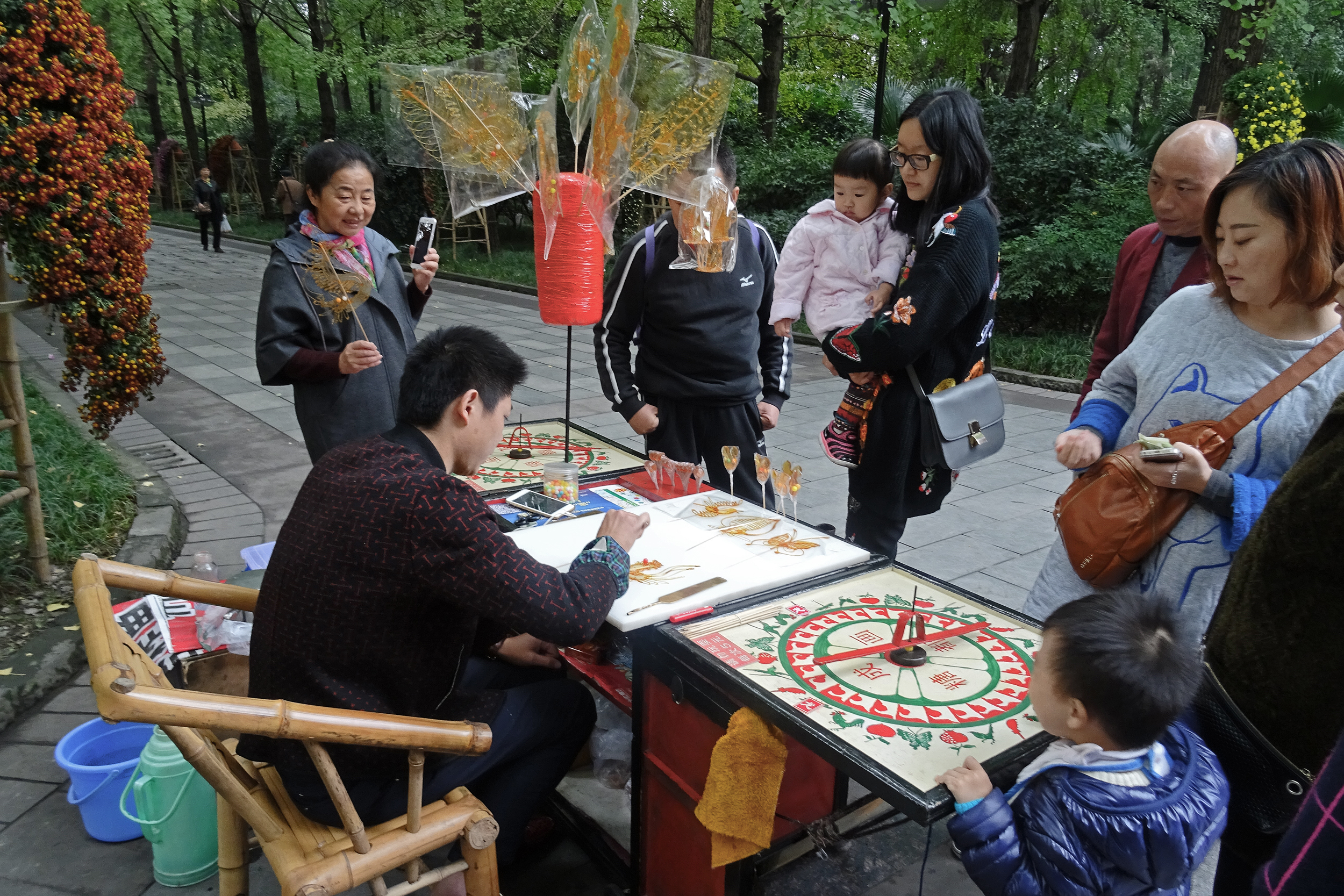
Panda Post
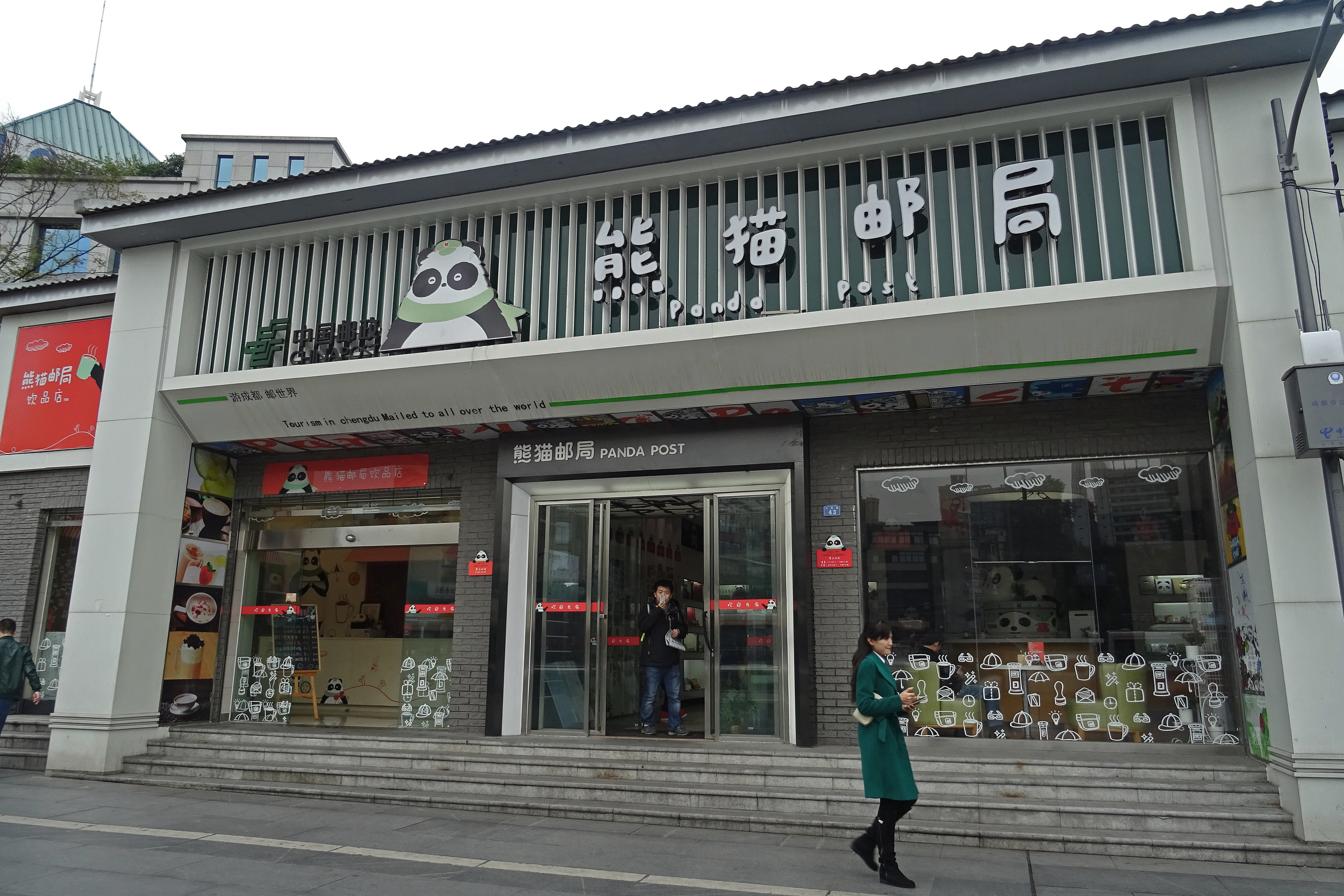
One of the other reasons I visited People’s Park is because there is a Panda Post shop right next to it! This is a must-visit for panda fans if you are in the area. It’s pretty much as the name says, a post office themed on pandas. They sell all sorts of postcards with pandas on them, and there are spaces for you to write your postcard and send it from the panda mail box. There is also the option to send mail in the future – so you can put it in a slot to send in several years time. I didn’t send anything as I was worried about getting it to the UK and thinking about how much stamps for that would cost, but it’s such a fun idea! They also had all sorts of other fun panda-related items, mostly a lot of stationery bits and pieces of which I bought plenty^ I had such a great time here, I really could have bought one of everything!
Kuanzhai Alley (Wide and Narrow Alleys)
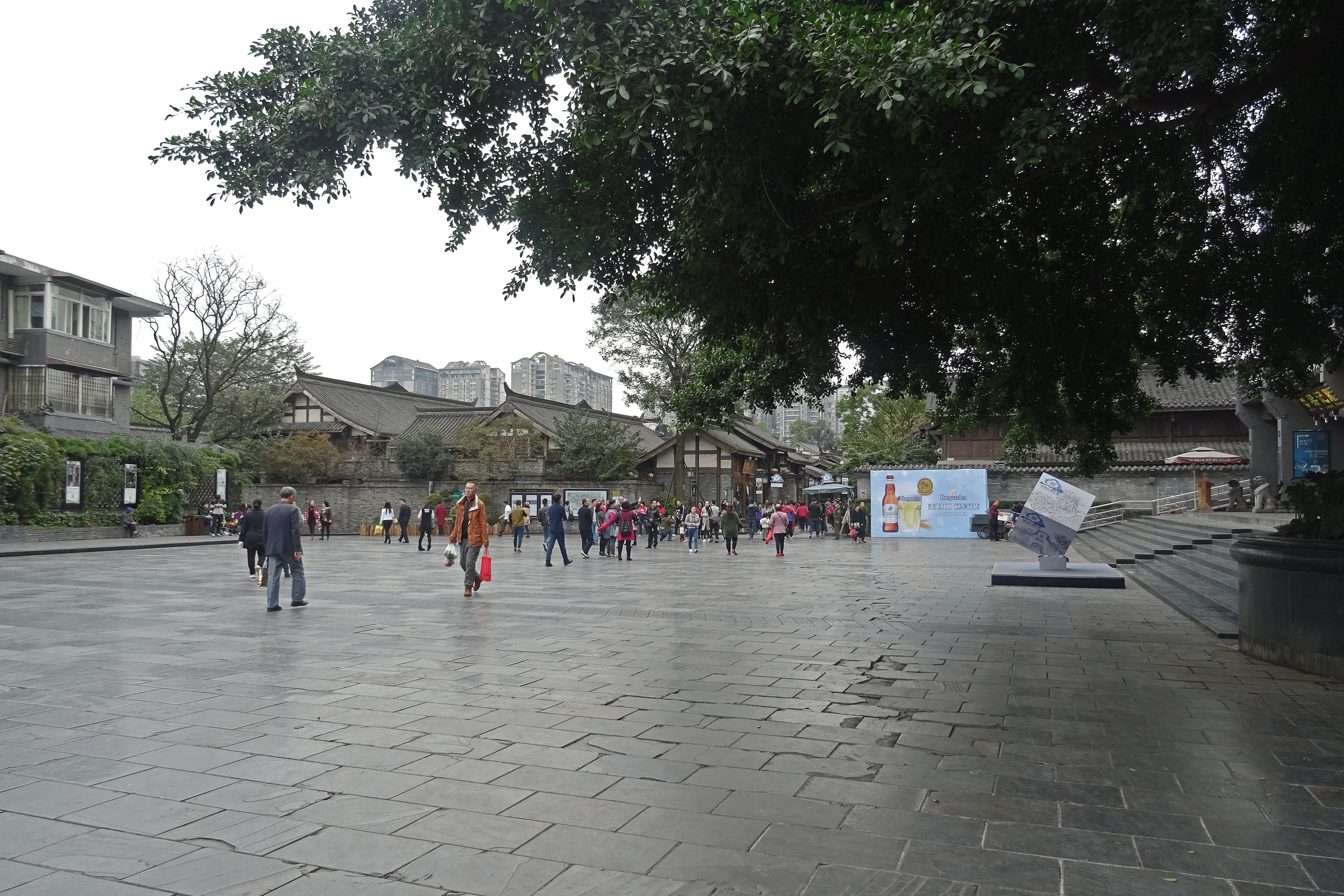
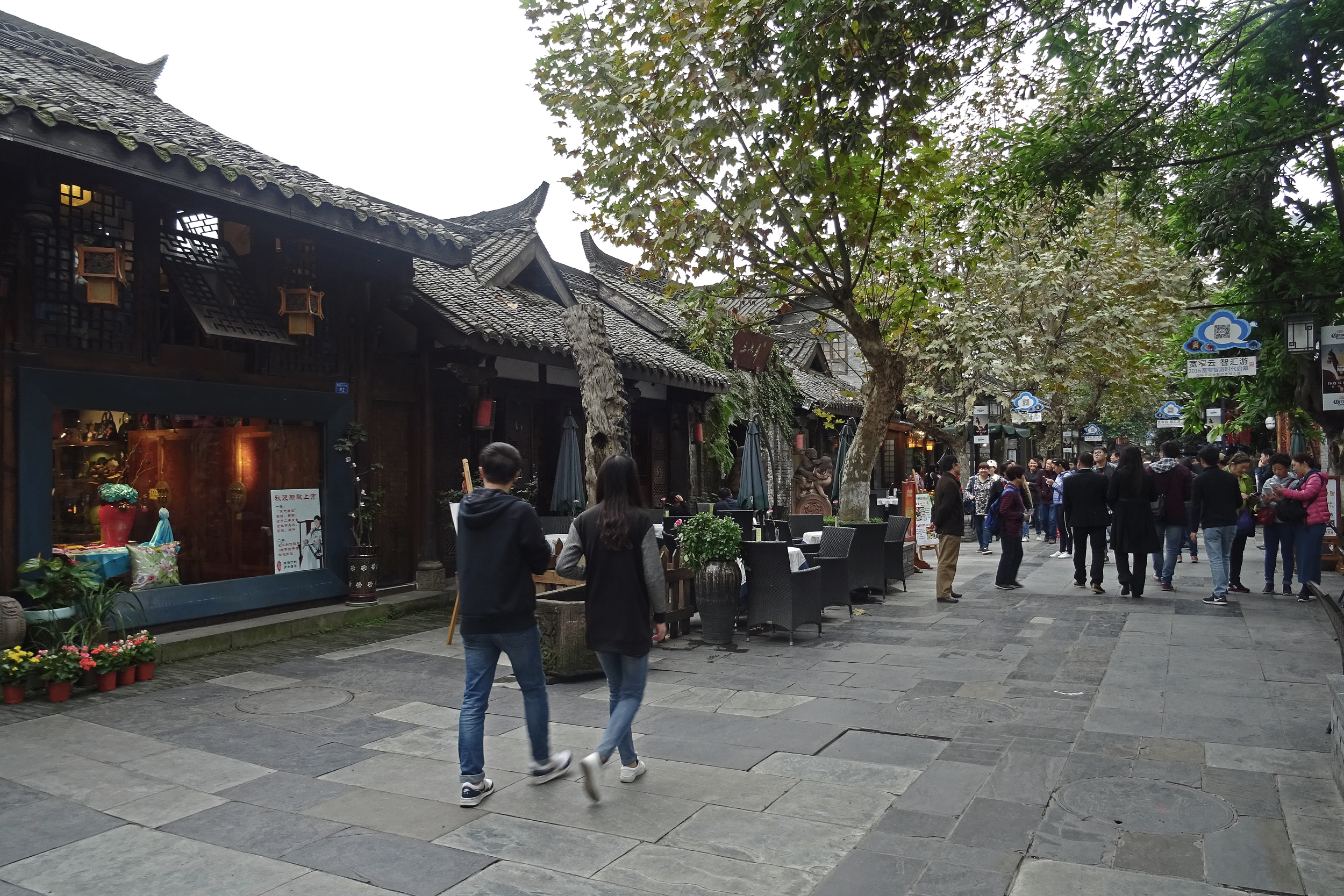
The Kuanzhai or Wide and Narrow Alleys are another place that come up frequently when searching for what to do in Chengdu, they’re definitely one of my favourite spots to visit. I’ve been 3 or 4 times both during the day and at night, there’s definitely more atmosphere at night, but it’s also a lot busier. I’m quite happy to have experienced both – it is quite geared towards tourists, with a lot of souvenir shops and even a Starbucks in a traditional looking Chinese building. In the day I enjoyed visiting all of the shops, which was easier as it was a little quieter so I could have a good look at everything I wanted, and then I enjoyed some of the food – there are so many options, there will be something for everyone, I had the streetfood but there are also restaurants you can sit in at. I don’t rememeber if it was here or somewhere else that I first had ‘Dan Dan Noodles’, but they are great, probably in my top 5 of foods I’ve had in China! When I’ve visited in the evening with a group of friends we ate in a hot pot restaurant which was very busy but pretty good – at the end of our meal a changing face performer entered the restaurant and gave a performance around the tables which was a fun touch, I highly recommend seeing one! The changing faces is definitely my favourite part of the Sichuan Opera performances – after dinner and a little evening shopping, we also went to an Opera performance with a range of different acts highlighting different skills. The whole thing wasn’t so much my thing, there were a lot of flashing lights and loud music (which may have been specific to the place we went to at the alleys), but it was good to experience once. During the day I walked here, it’s super close to the People’s Park, taking less than 10 minutes, but in the evening we took a taxi, and when I’ve been back on my own I took the metro.

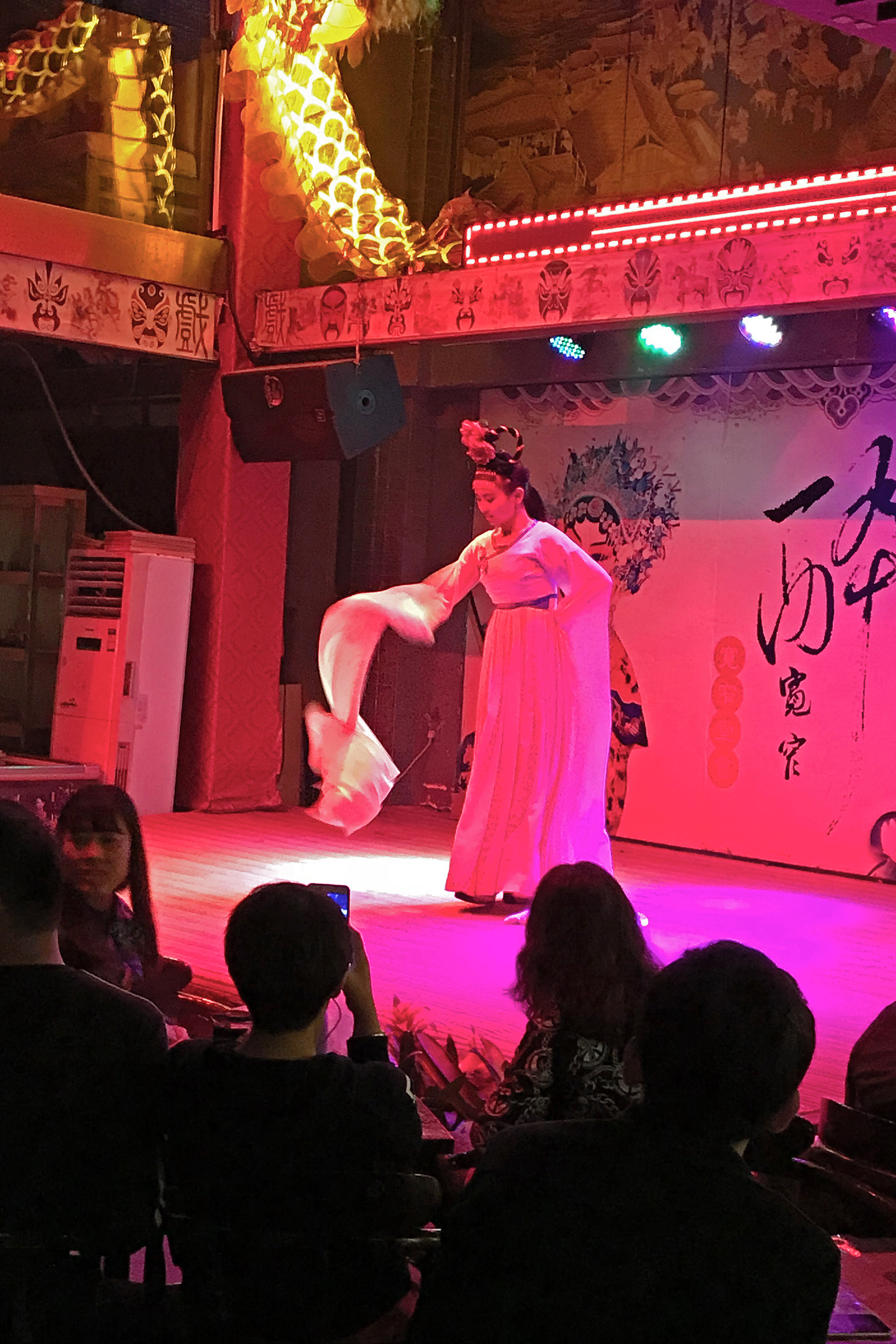
What Else To See – Dujiangyan
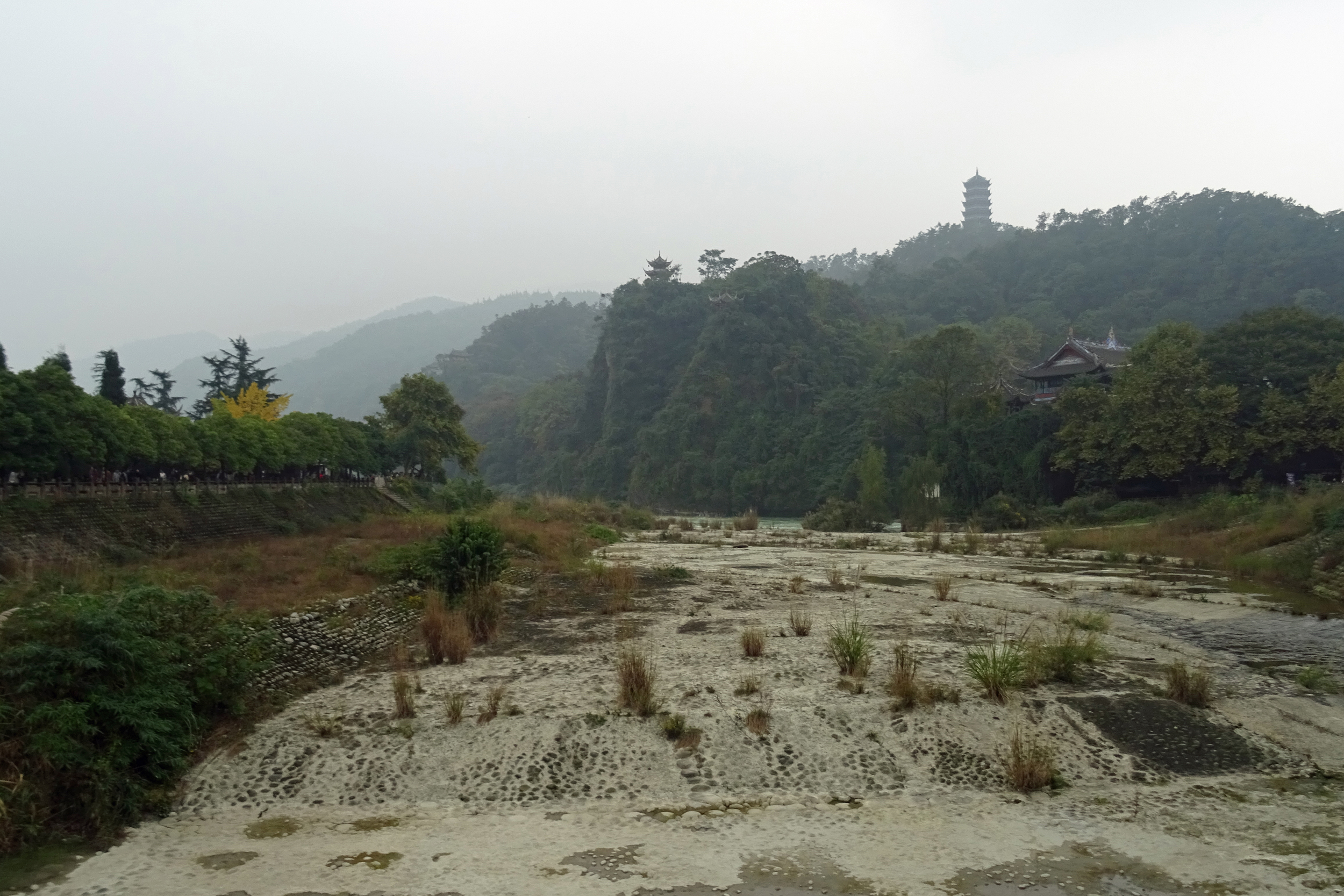
Chengdu is a big city, and there’s even more to see just beyond the city. Dujiangyan is the only place that I myself have visited, and it’s totally worth it! You could do it as a day trip, the train takes less than 40 minutes from Chengdu, or you could hire a driver or guide which would be a little more expensive, and will likely take at least an hour. I’d love to spend a couple of days in Dujiangyan, there’s plenty to fill your time asides from seeing the pandas! The Dujiangyan Irrigation System is, I think, the most well known sight in the area – and I can see why. It’s a huge, ancient UNESCO World Heritage Site on the Minjiang River which flows through Dujiangyan, and it’s still in use as a water irrigation system. There is so much to explore here, on my organised trip we were whisked around the main paths and really only saw the main waterways through the area, but there are also mountains to climb, temples to see, suspension bridges to cross and water projects to learn about – it will easily fill a whole day! Also well-known to visit in Dujiangyan is the Qingcheng Mountain, which I’m yet to visit, but it’s at the top of my list at the moment. It’s a little outside of Dujiangyan, and quite near the Dujiangyan Panda Base, but is one of the famous Taoist mountains in China. The pictures I’ve seen really look stunning, I can’t wait to see it myself^ You can either go up the front or back of the mountain, with different things to see on each way, so again it will easily fill a whole day.
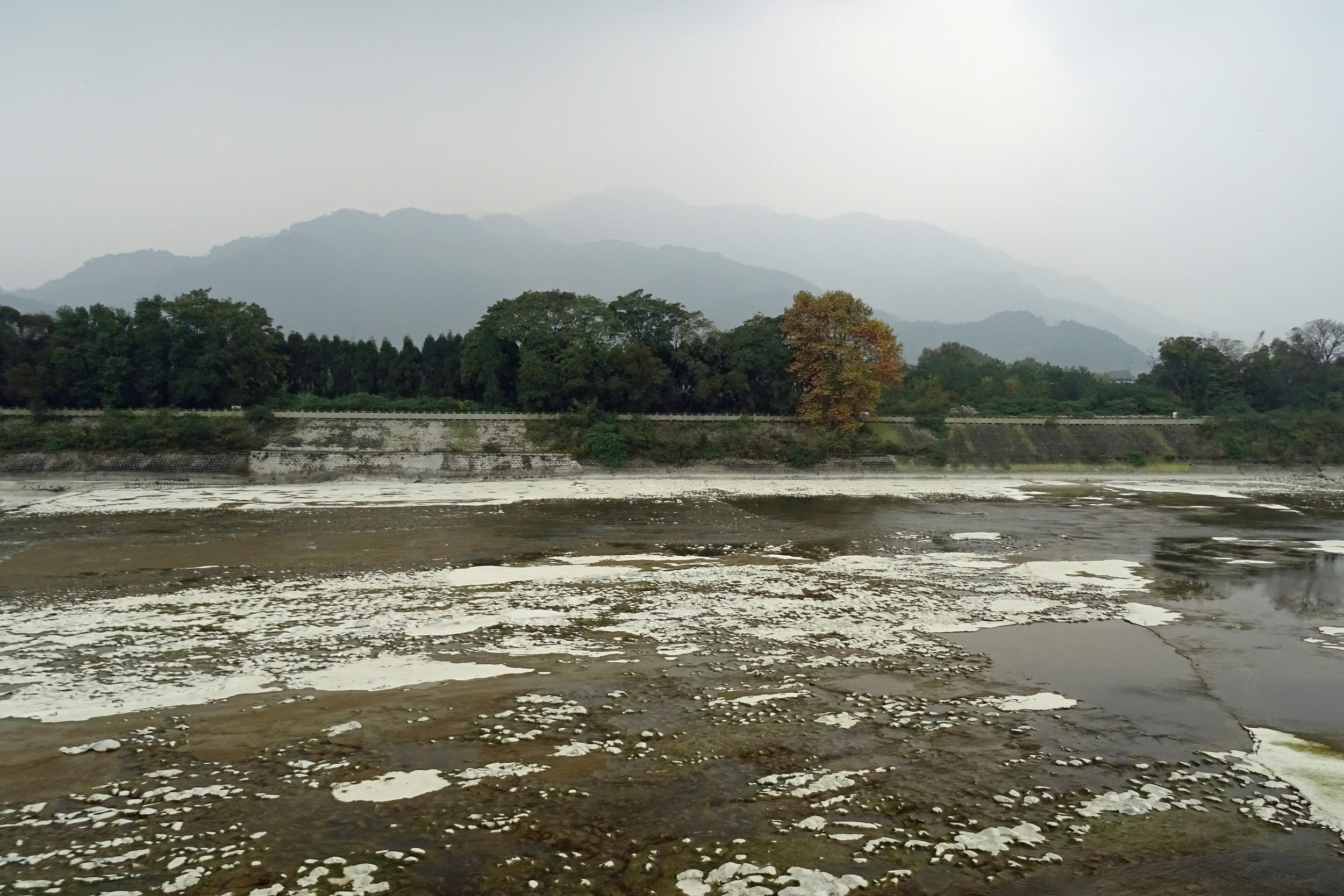
What’s Still On My List
Du Fu Thatched Cottage – this is a museum located within a huge park in honour of a famous Chinese poet, anecdotally known as the ‘Chinese Shakespeare’. The park is supposed to be particularly beautiful, and there are different buildings and exhibitions to visit inside.
Jinli Pedestrian Street – Ok, so I have been here once before, but it’s still on the to-do list. A Chinese friend took me and my friends here one evening after our conference day last year, so I’ve only experienced it at night, and we didn’t have too long to explore. It seemed quite the place to be at night, but I’d still like to see it during the day. There were a lot of small shops and stalls selling food, but it was in an area with plenty else to see.
Wuhou Temple – One of these other areas to see near Jinli Street is the Wuhou Temple and surrounding area, which is pretty big and looks amazing in the pictures I’ve seen online. I can imagine it gets pretty busy, but the beautiful park really is a selling point for me. There seems to be various different temples and exhibitions inside, so probably enough to fill a morning or afternoon and then enjoy lunch or dinner in the Jinli Street.
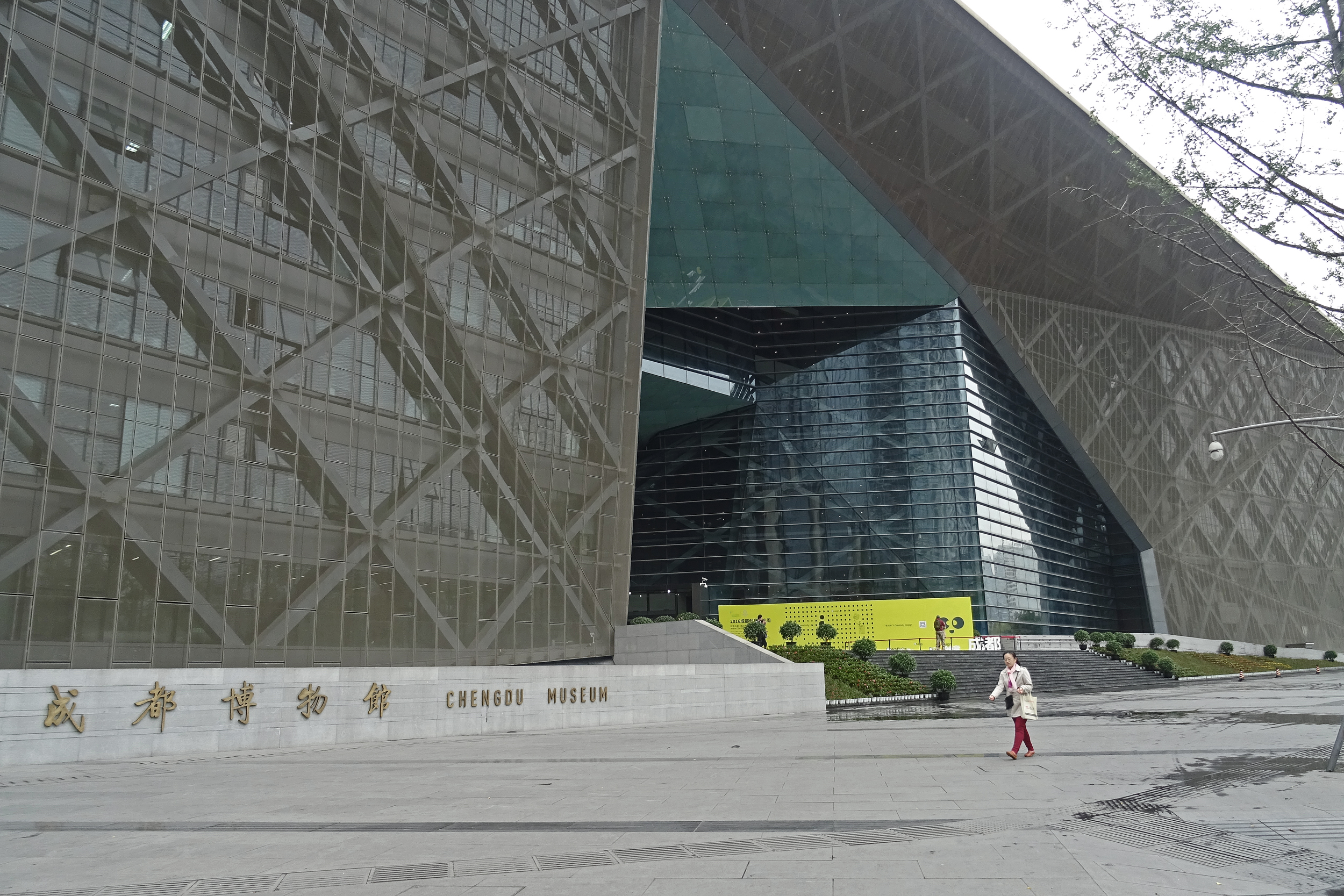
Chengdu Museum – I’ve gone past this kinda crazy looking building quite a few times but am yet to visit in the museum itself. I like visiting museums, it gives an interesting insight to where you are visiting. I do see from reviews online that there aren’t many English signs. This isn’t too off-putting for me, but may be for some, as I’m quite happy to just enjoy the things on show.
Qingyang Palace – this palace is located in the Culture Park, so plenty to explore, and again from the pictures it looks pretty good! This is a Taoist shrine in Chengdu, with a range of different buildings to see. The park looks very peaceful in the city too. This isn’t too far from the Du Fu Cottage or People’s Park, so could be visited on the same day.
Where To Stay
I’ll just start this section by saying that whilst I don’t like to spend a fortune on hotels, I’m really not at the super budget end of things, so I don’t have any experience of hostels in Chengdu. I’ve stayed in a couple of difference places in Chengdu, and really location completely depends on what you are there for. On my first trip I stayed in the city centre in the Dorsett Grand Hotel, which is one metro stop north of Tianfu Square, so in the midst of everything, but not in too busy an area. I found this a pretty good location to get around to and from – being right next to a metro stop is perfect for me. It was a pretty decent hotel, although could maybe have done with a deep clean on the carpet of my room, but it didn’t make any difference on my stay. At the time (Nov. 2016) it was under £45 a night.
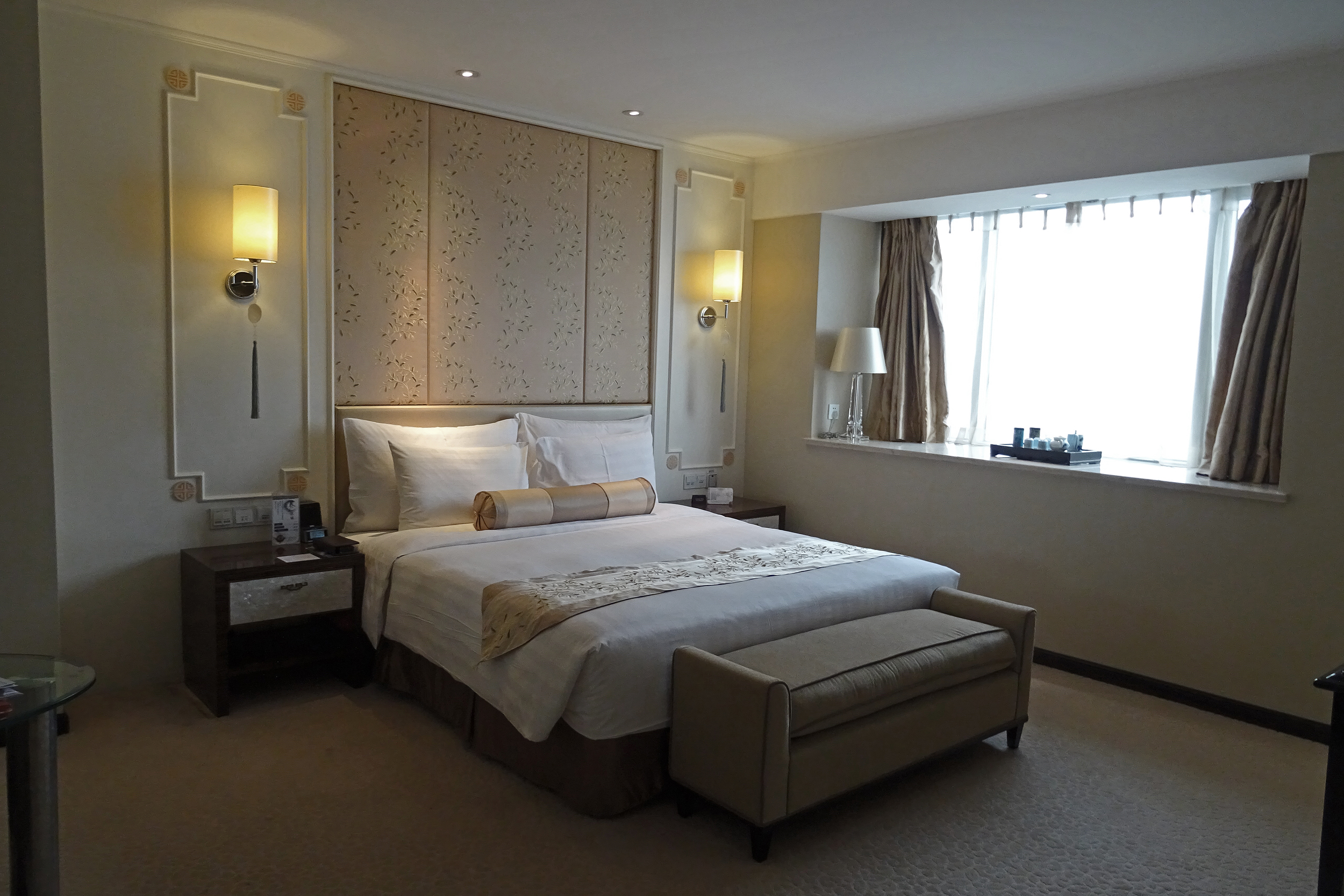
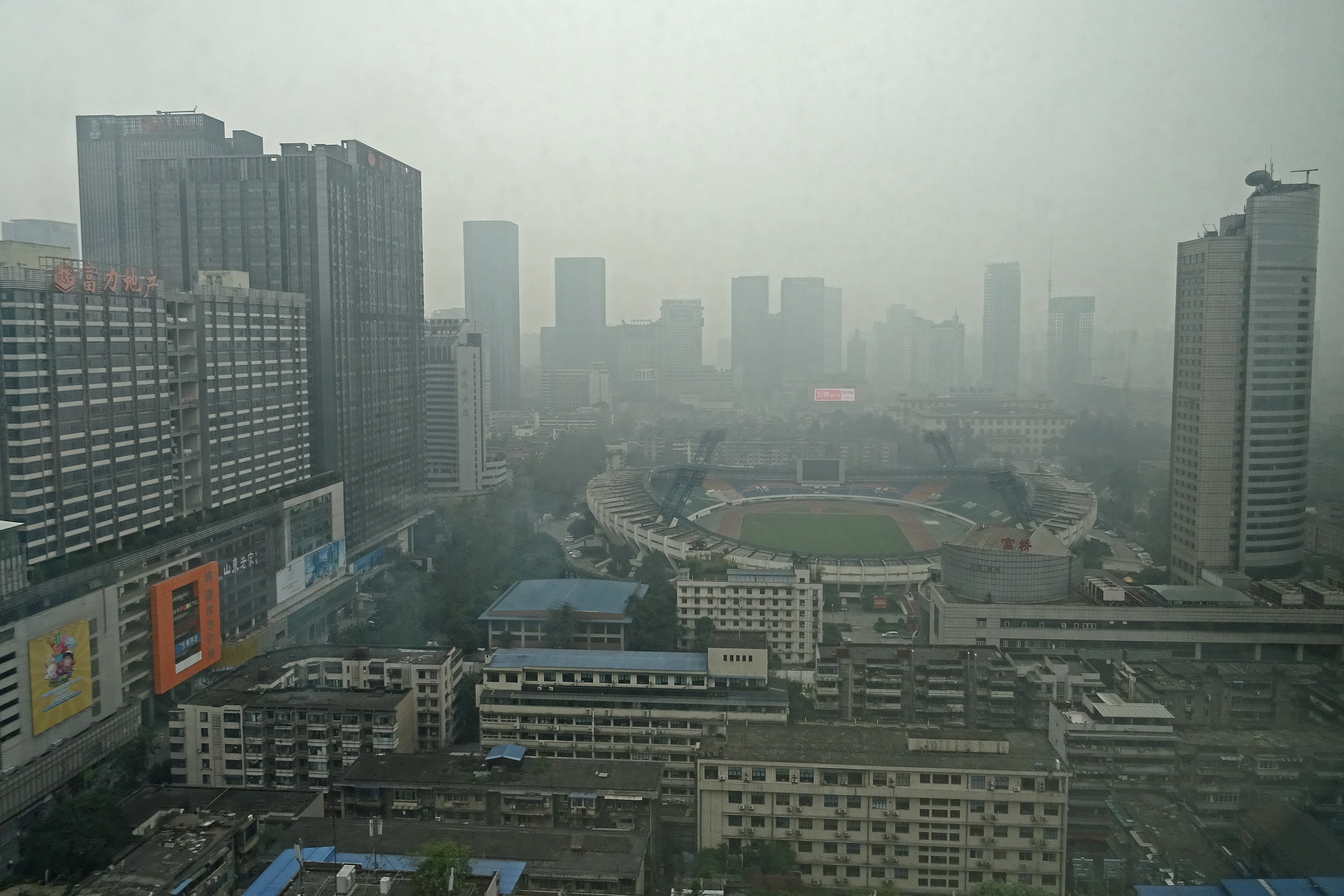
I have also stayed at the Crowne Plaza Chengdu Panda Garden Hotel on two trips, and it’s definitely my preferred hotel of the ones I’ve stayed in. The clue is in the name, but this hotel is located outside of the city centre, just a 5 minutes drive to the Chengdu Panda Base, so it’s not in the centre at all, and really other than the Panda Base, there isn’t a lot else to see out there. So I’d really only highly recommend it if you are only there for the pandas. Now there are some benefits, including the chance to stay in a panda-themed room (I’m serious, there’s pandas on everything – the bedding, towels, cushions, mugs and cups, even the toilet paper!), and you can also buy a panda afternoon tea in the lounge which is a pretty fun treat. The hotel does run a free (bookable) shuttle bus service to various places in the city – I’ve only taken it to and from the Panda Base, so can only comment on that service, but it was pretty handy with a range of departure times.
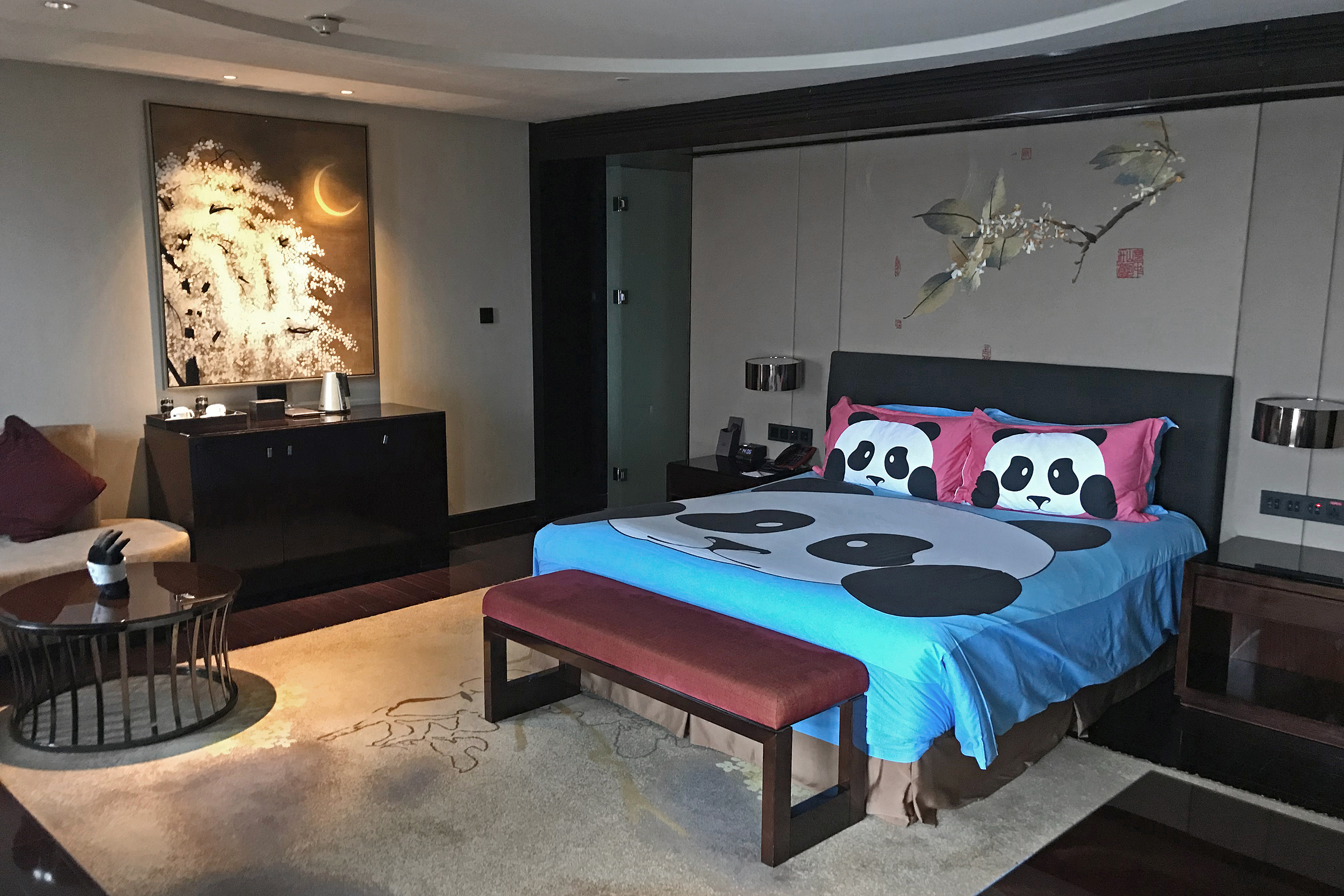
How To Get Around

I’m very much an independent traveller – I don’t really like spending money on a taxi unless I have to, so I will always make use of public transport if it’s possible, or even walk. Of my 4 trips to Chengdu (and China as a whole), I’ve only travelled with other people once, and that wasn’t even my first time – maybe I’m naive to walk and travel around these cities on my own, but I’ve never once had a problem *touch wood*. Walking is very possible in Chengdu, as I’ve said before it doesn’t feel like too big a city, and quite a few of the main sites are close to each other, and there are pavements/side-walks everywhere, so it’s easy to stay safe (just watch out for all of the cyclists and motorbike riders at the pedestrian crossings though). I also really like public transport, so one of the things I really wanted to do was make use of the metro in Chengdu, and it’s so easy to use! All of the stations have automatic ticket machines and you can change the language to English very easily. And you simply pick your destination station from the map on the screen and it tells you the cost, you pay, and it gives the ticket. Then it’s very much like any other metro system, you scan the ticket to get through the gates and then go to the platform. In Chengdu (at least all of the different stations I’ve been to) one line has one set of platforms, with one direction on the left and the other direction on the right – if you take the wrong direction, it’s so easy to get off at the next stop and go back. All of the announcements are made in English, and there are network maps on all of the carriages too. It’s also a cheap way to get around, with the price depending on distance, it usually costs between 2 and 6 RMB (20-60 pence). There is also a tourist sightseeing bus which runs between many of the sights around Chengdu – these are easy to spot, the buses and advertising is all bright yellow! Often you can buy your ticket for the sight while boarding the bus which can cut some time waiting in a queue when you arrive at your location.
Hopefully this little Chengdu guide was interesting and maybe of some help for your own trips – I’m also planning to put together a post on some different tips for when travelling to China, which will hopefully be out soon – if you have any questions I am more than happy to answer!
